With the announcement of the first Coffee Lake-S CPUs, Intel has also released details for the the new Z370 chipset. But what makes it different from the old Z270 chipset?


With the announcement of the first Coffee Lake-S CPUs, Intel has also released details for the the new Z370 chipset. But what makes it different from the old Z270 chipset?
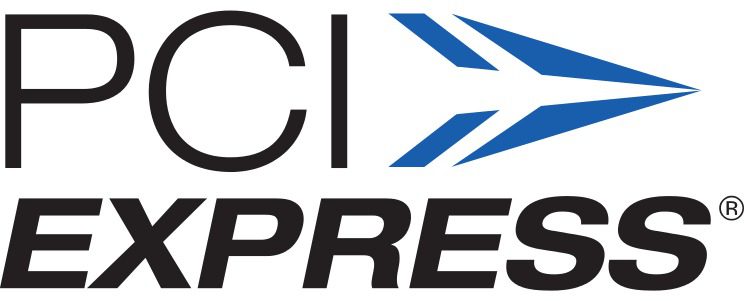
Benchmark results demonstrating that PCI-Express x8 vs x16 speeds don’t impact GPU rendering performance.

This article looks at several motherboard chipsets, including X299 and X399, comparing how well they handle performance scaling across multiple GPUs in OctaneBench 3.06.2.
This article looks at several motherboard chipsets, including X299 and X399, comparing how well they handle performance scaling across multiple GPUs in the FurryBall RT benchmark.

This article looks at several motherboard chipsets, including X299 and X399, comparing how well they handle performance scaling across multiple GPUs in V-Ray 3.57.01.
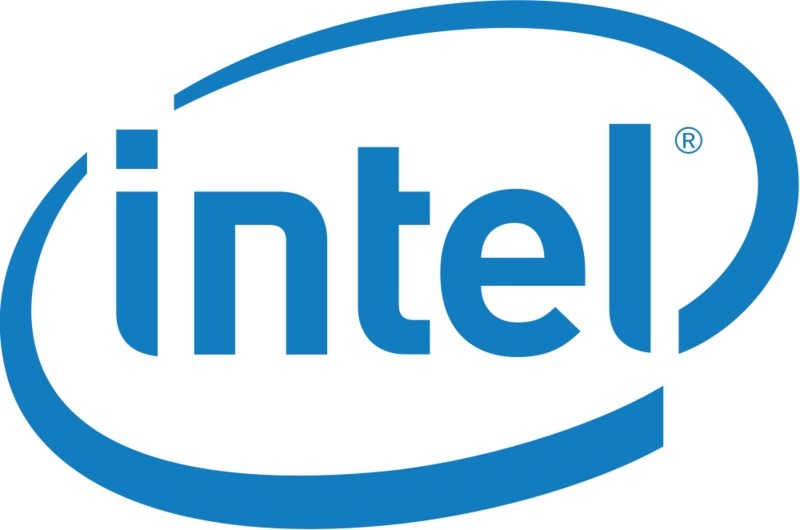
With the release of the first Skylake-X and Kaby Lake-X CPUs, Intel has also launched the new X299 chipset. But what makes it different from the old X99 chipset?
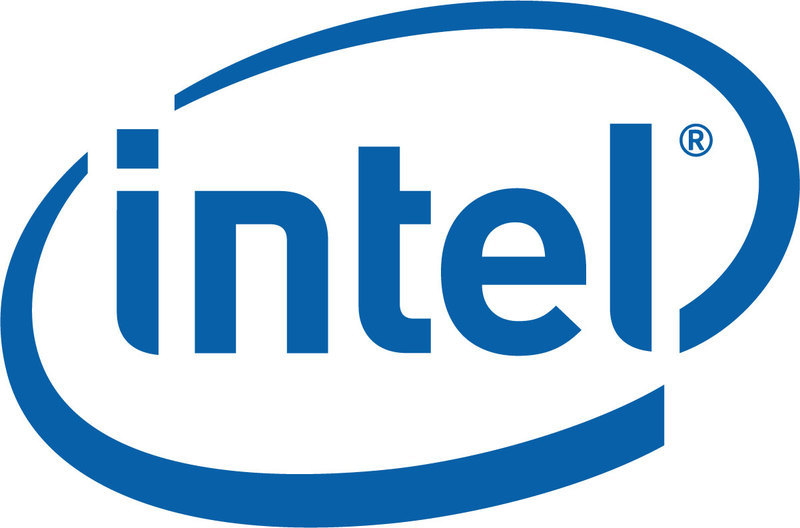
Alongside the launch of Intel’s new consumer Kaby Lake CPUs, there is also a whole new line of motherboard chipsets available. These six chipsets are divided into two separate categories: consumer and business. In this article, we will examine the features of each of the new chipsets to help you determine which is right for you.
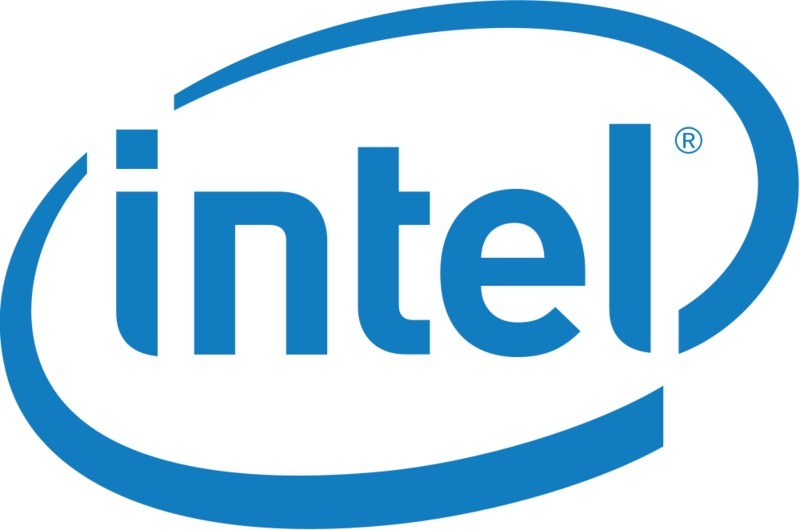
With the release of the first Kaby Lake CPUs, Intel has also launched the new Z270 chipset. Unlike some previous launches, where Intel releases all the new chipsets and CPUs at the same time, this time only the top chipset and unlocked (K-series) CPUs will be available at launch.
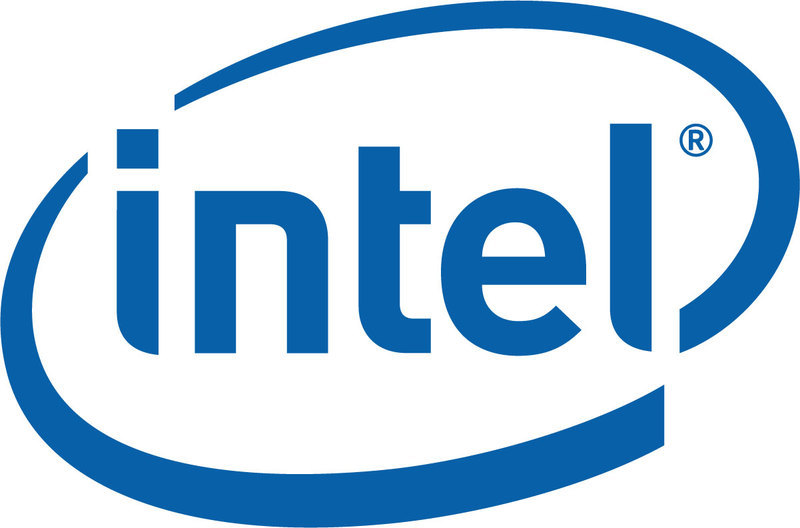
With the rolling launch of Intel’s new consumer Skylake-S CPUs complete, there is also a whole new line of motherboard chipsets available. These six chipsets are divided into two separate categories: consumer and business. In this article, we will examine the features of each of the new chipsets to help you determine which is right for you.
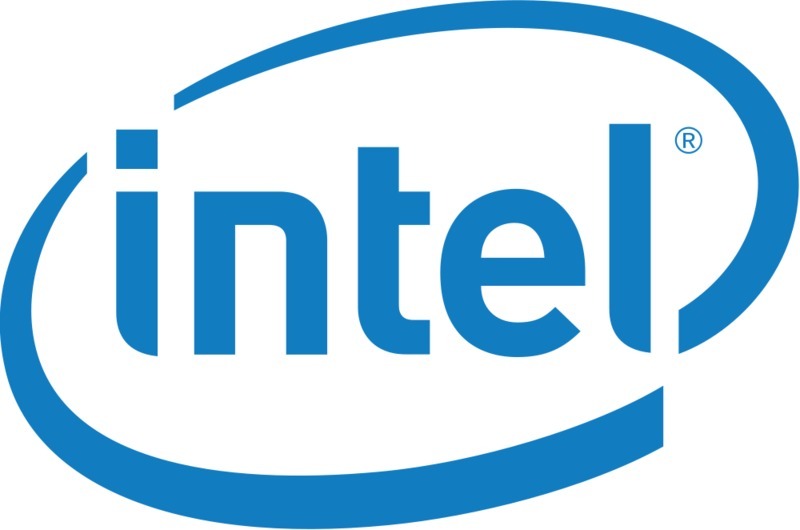
With the release of the first Skylake-S CPUs, Intel has also launched the new Z170 chipset. Unlike previous launches where Intel releases all the new chipsets and CPUs at the same time, this time only the top chipset and unlocked (K-series) CPUs will be available at launch.